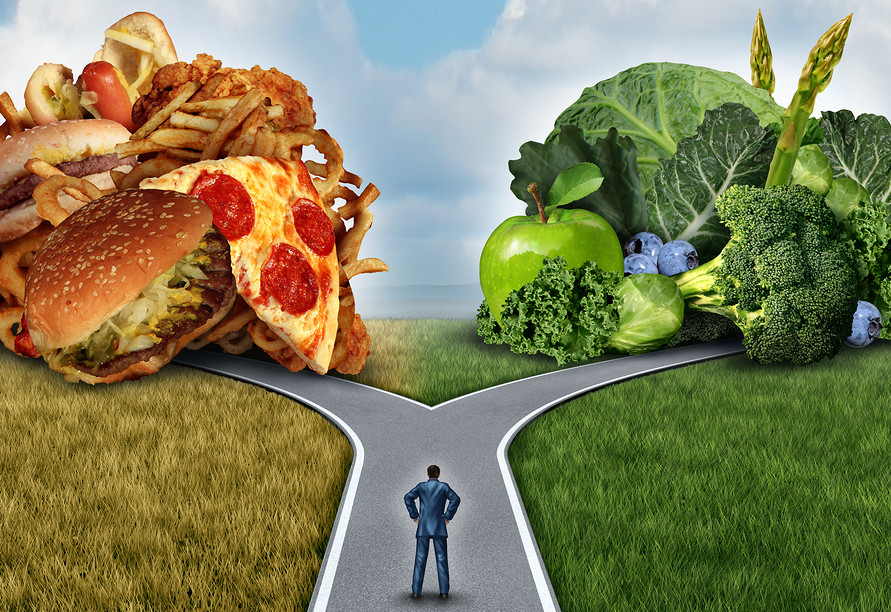 The media really distorted the great work of Dr. Atkins, whose low-carbohydrate approach to eating became extremely popular about 15 years ago.
The media really distorted the great work of Dr. Atkins, whose low-carbohydrate approach to eating became extremely popular about 15 years ago.
Dr. Atkins never said it was okay to eat hot dogs, sausage and grain-fed burgers as long as you don’t put them on a bun. He never said you could eat steak for breakfast, lunch and dinner. Of course, that’s what you heard in the media.
It’s true that most people are overweight because of high loads of bad carbohydrates. These carbs lead to a host of chronic illnesses. In fact, the marker for type II diabetes in a blood test is hemoglobin A1c, which is also an important longevity marker. Your hemoglobin A1c level is directly influenced by carbohydrates. This is why a healthy, low-carb diet will help prevent type II diabetes.
But that doesn’t mean you can just cut out carbs and load up on bad fats.
When you reduce your carbohydrate load, replace bad fats with healthy fats, and consume foods that are high quality sources of protein, you force the body to burn fat instead of carbs. This is called a ketogenic diet, which we’ll discuss in greater detail in a future post.
So what are some sources of healthy fat and protein that should be part of a low-carb diet? Stay away from the hot dogs and other processed junk, and add these foods to your grocery list.
Almonds: In addition to being a good source of healthy fat and protein, almonds have calcium and iron.
Macadamias: A bit more expensive than almonds, macadamia nuts have less protein but more healthy fats.
Avocados: This isn’t the unhealthy guacamole you get at chain restaurants. In its natural state, avocados are delicious and a great source of a number of vitamins and minerals.
Sunflower kernels: Eat them alone or on a salad and take advantage of the healthy fats and antioxidants.
Salmon: Just make sure you’re buying wild salmon and not farm-raised salmon, which are often pumped full of coloring and drugs to make them look more appealing to shoppers.
Organic eggs: Of course, the word “organic” is key. You only want eggs from chickens that were fed certified-organic feed and treated humanely. In a previous post, I discussed the misconceptions about free-range and cage-free labeling.
Olive oil: Forget about butter, margarine and processed salad dressings. Use natural, organic olive oil for dressing and cooking.
If you’re going to incorporate white or red meat into your diet, make sure the animals were fed an organic and plant-based diet, not grains. Grains are fed to animals to make them fat and marketable, not make them healthy. Of course, dark leafy green vegetables are low in carbs and should be a part of virtually any diet.
Remember, if a doctor recommends a low-carb diet, that’s not a green light to eat unhealthy fats. You can’t replace a hot dog bun with a piece of lettuce and call it a healthy meal. Look for sources of healthy fats and protein, and speak with a nutritionist to develop the right low-carb eating plan.